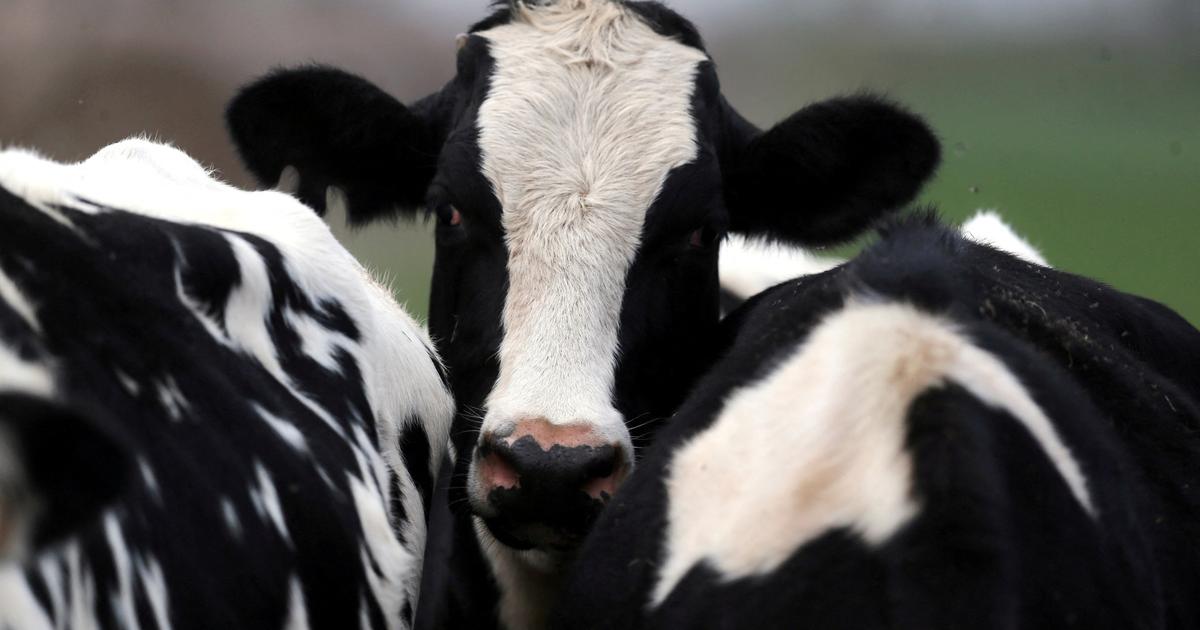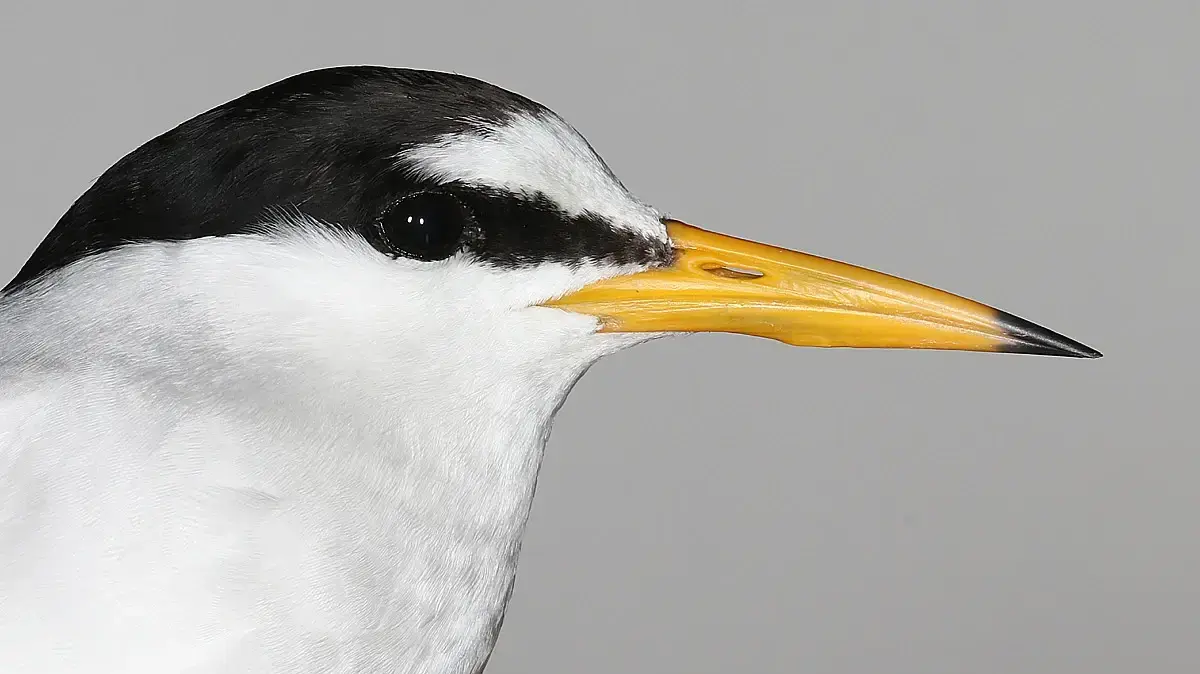Thousands of viruses that have not yet been discovered sleep in the wild. In most cases we will probably never hear of them. But if human action continues to invade wilderness, the chances of pathogens leaping from a forest-dwelling bat to man are increased. This is one of the lines of research that the scientific community has followed for decades and there are teams designed to trace where a virus is most likely to invade the human body. "People have to understand that all this is happening because we are rapidly altering the ecosystem," says biologist Carlos Zambrana-Torrelio.
Zambrana-Torrelio is part of the EcoHealth Alliance, a team of scientists led by Dr. Peter Daszak. This group has been searching the globe for 15 years in search of viruses in wild species that can jump on humans. They have done tests in places like Liberia, Malaysia, Bolivia or Mexico. "Most countries do not have an authority in charge of the relationship between wild animals and health and, as we have seen, it is something to invest in," says his colleague Catherine Machalaba in a joint conversation via Skype. Between 1980 and 2013 there were 12,012 documented outbreaks that affected 44 million people worldwide and the trend is growing.
MORE INFORMATION
- Humans eating wild animals uncontrollably: a powder keg for global health
- A new philanthropic fund is born to get and speed up treatments against emerging diseases
- India's controversial response to the coronavirus
The first thing these scientists do is introduce themselves to the members of the community in which they are going to investigate and carefully explain why they are there. Next, they place some nets in the forest that catch the specimens they are going to analyze, generally bats. Once the animal is trapped, they take samples of its urine, blood, and saliva and store them in liquid nitrogen. "We carry out this task very protected, with gloves, mask", explains Zambrana-Torrelio. These samples are analyzed, when possible, in laboratories in the country itself. This gives these researchers the opportunity to train local scientists to carry out this surveillance work themselves.
In each sample, they study the presence of up to 25 types of viruses. If they find any, they extract the DNA and enter it into a database where scientists from around the world dump their results. "If it does not resemble any of the other viruses classified on that basis, we report that there is a possible focus of a new disease for humans," says Zambrana-Torrelio. The researcher points out that the coronavirus that started in Wuhan is 96% similar to another one they found two years ago in the same region. "In an ideal world we could track all these microorganisms, but the reality is that there is no funding to cover this surveillance," he says. "We have been saying for a while that there is a possibility that something like this [Covid-19] will happen, but it is very difficult to convince someone that resources must be allocated to a threat that is not immediate," Machalaba said. It is estimated that two thirds of emerging diseases have their origin in fauna.
The team has created a database that includes all the outbreaks of the past 70 years and is updating it. In it are, for example, Ebola or SARS. The group published a first article in 2008 that included a map of what they call "emerging infectious disease hot spots." This map was updated in 2017.
Through their study, they have concluded that there are a series of factors that trigger the appearance of new pathologies that affect humans. The main ones are large agglomerations or human movements, the existence of many mammals, mixing species that would not come together in the natural environment (as happens in street markets), and devastating forests for agricultural uses - deforestation is directly related to the 31% of outbreaks. If we look at these triggers, Wuhan brings together virtually everyone. But also many other sites. Zambrana cites Borneo as an example, where what used to be a huge ecosystem of trees and plants has given rise to vast expanses of palm plantations.
"We have to be aware that there are an estimated 1.7 million viruses that we do not yet know and that are where they have always been: in nature. For this reason, as long as we maintain the distance that has always existed, the risk is reduced, "says Zambrana-Torrelio. "The important thing about this research is that it really shows that there are steps we can take to reduce the frequency and likelihood of future epidemics. The communities in which we investigate sometimes come to a new place and, since they do not have a source of food, they have to look for it, "says Machalaba.
It is very difficult to convince someone that resources must be allocated to a threat that is not immediate
According to these experts, politicians have to play their part and propose development projects that do not endanger human health. That is to say: to ensure that a community has a reliable source of food and does not have to resort to wildlife, where hundreds of viruses other than humans sleep. "Of course, what is very clear is that the ecological impact must be reduced and this implies, for example, making changes in the agri-food system," supports Rafael Ruiz de Castañeda, ecologist and researcher at the University of Geneva.
Ruiz de Castañeda is part of a large group of professionals from all fields of science who work under the strategy known as One Health. The World Health Organization defines this approach as the design of "programs, policies, legislation and research in which multiple sectors communicate and work together to achieve better public health results." That is to say: mathematicians, veterinarians, biologists, epidemiologists and a long list of specialists paddling together.
Cristina Romanelli is a scientist who works for the UN in the WHO biodiversity and health program. "We have been turning a blind eye for many, many years in many, many countries. We know that we have zoonotic [animal-borne] diseases that have spread to human populations long ago," he said by phone from Canada. "We are not considering that three quarters of the terrestrial environments and around 66% of the marine environment have been significantly altered by human actions. The change in the use of land and sea is not only the main driver of the loss of biodiversity, but also of the appearance of infectious diseases ", points out the expert.
Rafael Ruiz de Castañeda co-directs the One Health unit at the University of Geneva. "All these data lead us to conclude that this problem must be analyzed from many points of view, such as epidemiological, sociological, economic, ecological ...", he completes. "Only 3% of the funding goes to prevention and 97% goes to response when the outbreak has already emerged," says Romanelli. The specialist thinks, like many other colleagues, that the global community is finally going to understand the magnitude of the problem of infectious diseases, something that did not happen with Ebola, which was limited to some African countries. That is, to some low-income countries. "Yes, I think this time we will finally learn the lesson we did not want to see with Ebola. There is not a single nation that is not affected by this. This is perhaps the most important wake-up call for the international community. ”
These days the networks have been filled with a TED talk that Bill Gates gave in 2015 in which he warned of the latent threat of a global epidemic. Last September the UN received a report from experts advising that a crisis like the one we are experiencing today could happen and we were not prepared. Even a drill a month later rehearsed the situation at a hotel in New York. We had a lot of ads and we didn't want to see them?
You can follow PLANETA FUTURO on Twitter and Facebook and Instagram, and subscribe here to our newsletter.

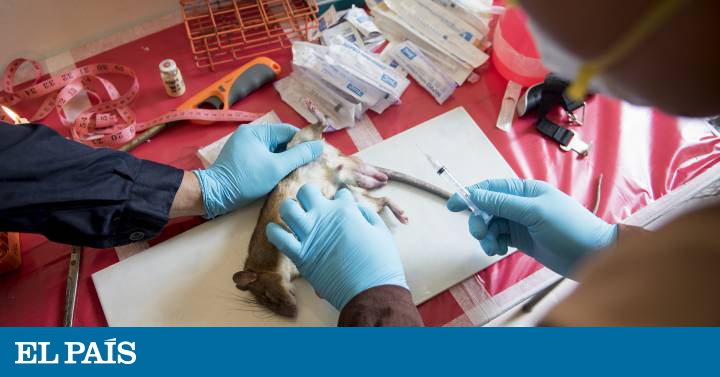

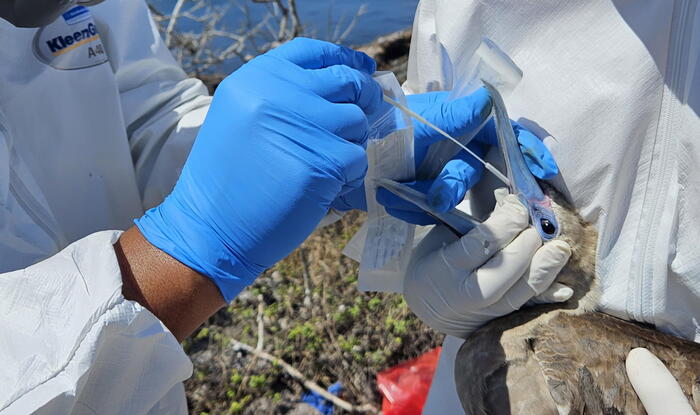
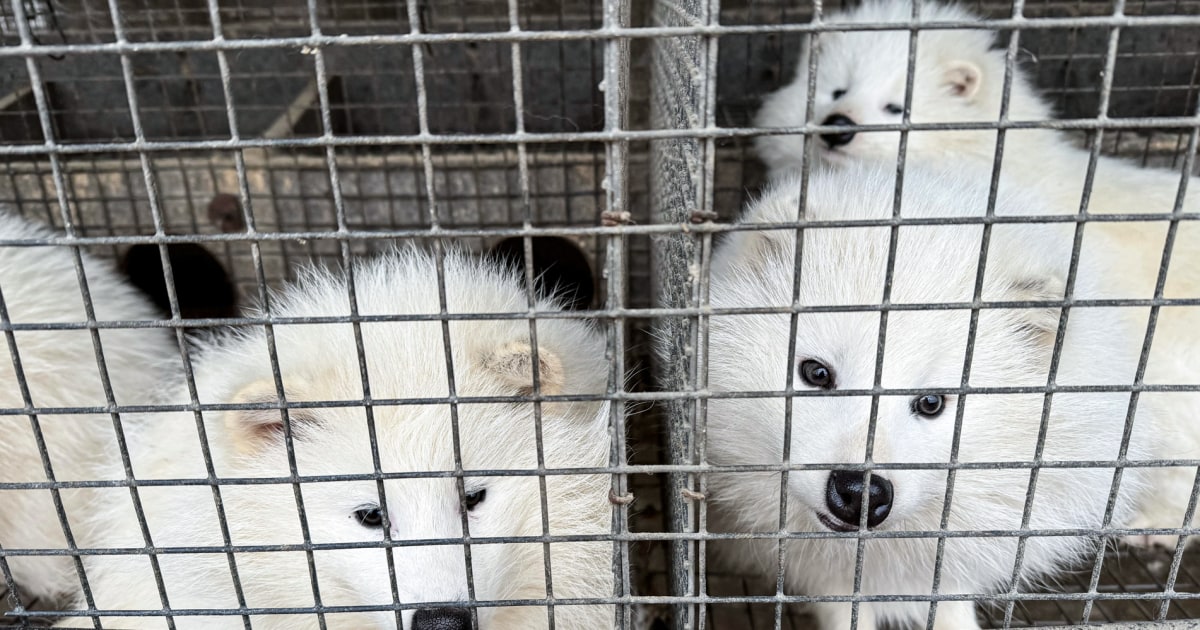
/cloudfront-eu-central-1.images.arcpublishing.com/prisa/4RITWNCKAZFB3I3MBXYYKH6YDI.jpg)

